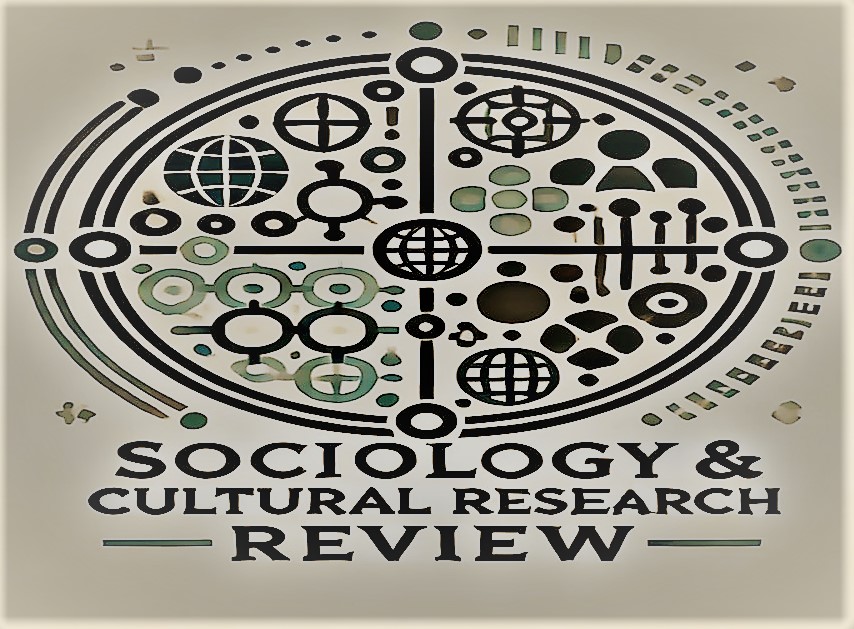Knowledge Diaspora and the Dynamic Convergence: A Wavelet Intuition using Bootstrapping Methodology
Abstract
With increased globalization knowledge diaspora has been intensified greatly, particularly in developing economies like Pakistan. Since the post-Covid-19 era, an upward wavelet trend of international labor mobility has been witnessed in Pakistan. This captures researcher attention towards this phenomenon. The dynamic convergence has been decoupled into five major pull-constructs namely economic stability (GDPP), socio-economic stability (EMP), financial stability (DCP), economy's openness (TRD), and the environmental quality (RNEW). While knowledge diaspora has been categorized based on acquired skills, into seven different skill-types. This research initialize an aggregate analysis for the integration of total migration flow (LT) and the net-migration flow (N.Mig). The decomposition of empirical methodology into disaggregate and aggregate analysis, is to highlight the prevailed heterogeneity of pull-drivers. For statistical investigation, various analysis techniques namely unit root testing, regression bootstrapping, consistent "partial-least-square & structural-equation modeling" (PLS-SEM), convergent validity-&-reliability, and the HTMT discriminant ratio has been employed. Conversely, the influence of remittance and globalization as a mediating construct for international migration and the dynamic pull-drivers has also been analyzed. This research entails a comprehensive deductive-methodology concerning knowledge-diaspora and dynamic convergence of Pakistan. A time series data has been compiled over the time-span of 1976-2025. The findings postulates that aggregate-analysis provides a complex yet mixed effects, thus for an in-depth inside disaggregate-analysis must be considered. The static role of pull-indicator has been witnessed for multiple migration-types. This signifies that Pakistan's economy holds the potential for dynamic convergence which in turn pull-backs the international migration outflow. The most static influence has been captured by socio-economic stability (employment level) and the environmental quality (renewable energy consumption). While, credit providence for domestic-investors (DCP) has been emerged as another imperative pull-construct for dynamic convergence. Therefore, policymakers must consider the environmental constructs along with socio-economic stability while forming diminution policies for knowledge transfer or international labor migration.
Keywords: International Migration, net migration, macro-economic performance, pull-drivers, regression, bootstrapping, Pakistan, and PLS-SEM




